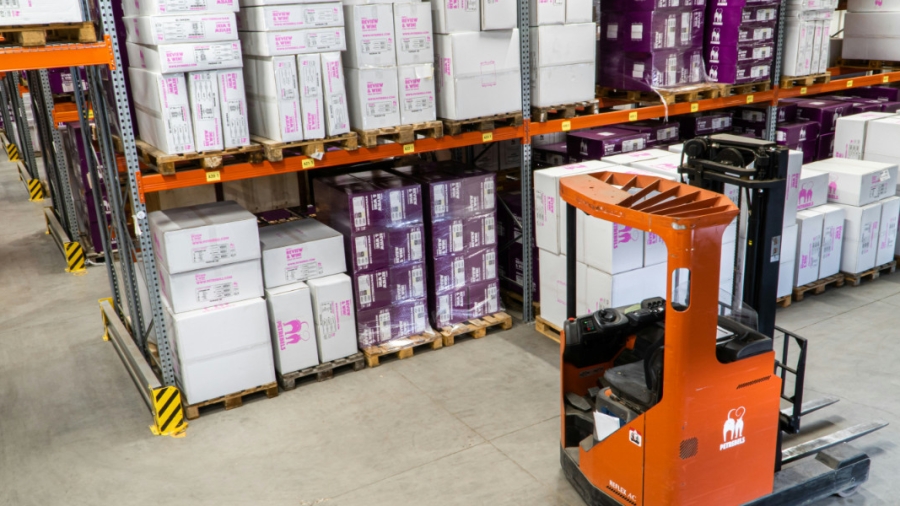As e-commerce grows increasingly competitive, strategic inventory management during peak seasons has become a make-or-break factor for success. Far beyond simple stock counting, effective inventory planning fuels operational efficiency, maximizes resources, and equips businesses to respond seamlessly to fluctuations in demand. Proper planning can mean the difference between seizing high-revenue opportunities and facing operational hurdles. Here’s a comprehensive look at why pre-planning your inventory for peak seasons is essential and how to get it right.
Decoding E-commerce Seasonality
In e-commerce, sales don’t follow a steady line—they move in predictable cycles known as order seasonality. Recognizing these cycles empowers businesses to prepare for demand spikes, optimizing marketing, inventory, and logistics strategies accordingly.
Seasonality is shaped by factors like holidays, cultural events, economic conditions, and even the academic calendar. For example, demand soars during Christmas, Black Friday, and back-to-school seasons, each requiring tailored inventory planning to meet customer expectations.
The Case for Advance Planning
Advance planning is critical to effectively manage the high stakes of peak seasons. Logistics experts recommend initiating preparations at least six months in advance to ensure your business is well-positioned to meet demand. A thorough preparation period allows time for a full audit of business assets and strategy, including:
Website readiness – Ensure optimal user experience (UX), fast load times, secure payment options, and overall website health.
Inventory and logistics – Review stock levels, identify any bottlenecks, coordinate with suppliers, and confirm last-mile shipping capabilities.
Marketing campaigns – Develop targeted seasonal campaigns aligned with anticipated peak demands.
Data-driven strategy – Set up key metrics and analyze historical data to inform inventory decisions.
Strategies for Smarter Stock Optimization
To optimize stock for peak season success, consider these proven strategies:
1. Leverage Technology
Advanced inventory management systems are indispensable, providing real-time stock updates to help you make proactive, data-driven decisions. This visibility enables you to maximize sales by ensuring key products are available when customers need them.
2. Utilize Predictive Analytics
Predictive analytics tools can project future demand with impressive accuracy. By analyzing historical sales data, you can spot trends and adjust inventory levels to align with anticipated needs, avoiding both stockouts and overstock.
3. Strengthen Supplier Coordination
Maintaining open, real-time communication with suppliers is vital. Implement rapid-response systems that allow both parties to react quickly to unexpected changes in demand, minimizing disruption and enabling smooth replenishment.
Flexible Logistics: Meeting Peak-Season Challenges
Logistics flexibility is the foundation of effective peak-season planning. Having adaptable systems and processes allows you to meet unexpected challenges, from shifts in demand to external disruptions.
Key characteristics of flexible logistics include:
– SaaS-based models for ease of networking and external collaboration.
– Comprehensive functionalities that blend best practices in supply chain management.
– Analytics and intelligence services that enhance strategic insights and decision-making.
Flexible logistics help businesses react to adverse weather, visibility issues, or shifts in international trade, creating a resilient supply chain.
Technology Readiness and Operational Resilience
A solid technology foundation is essential, especially as transaction volumes spike during peak times. Conduct stress tests on your systems to confirm they can handle increased demand without technical hiccups.
Operational resilience hinges on several key aspects:
- A robust tech infrastructure
- Comprehensive contingency plans
- Redundant servers and alternative payment options
- 24/7 tech support
In addition, AI-driven tools for personalized product recommendations and customer support chatbots elevate the shopping experience, helping to secure customer loyalty even under high demand.
Crafting Effective Seasonal Marketing Strategies
Seasonal marketing is essential for maximizing peak-season sales. Consider these strategies:
1. Stock Optimization
– In high season: Secure stock of popular products and rely on dependable logistics partners to ensure fast, safe shipments.
– In low season: Avoid excess inventory with models like Economic Order Quantity, which balances inventory costs with demand.
2. Strategic Promotions
– High season: Offer bundles to encourage cross-selling and increase order values.
– Off-season: Engage customers with limited-time discounts to drive sales.
3. Targeted Digital Marketing
Utilize social media and email marketing for seasonal campaigns that keep customers engaged year-round.
Success Through Synergy: Stock, Logistics, and Technology
Strategic stock management is pivotal for peak-season success in e-commerce. By integrating robust inventory practices with flexible logistics and cutting-edge technology, your business can not only meet demand but also enhance customer experience and boost revenue.
At BGL, we specialize in creating comprehensive logistics solutions backed by advanced technology. Contact us today to explore how we can help you elevate your business to new heights!



